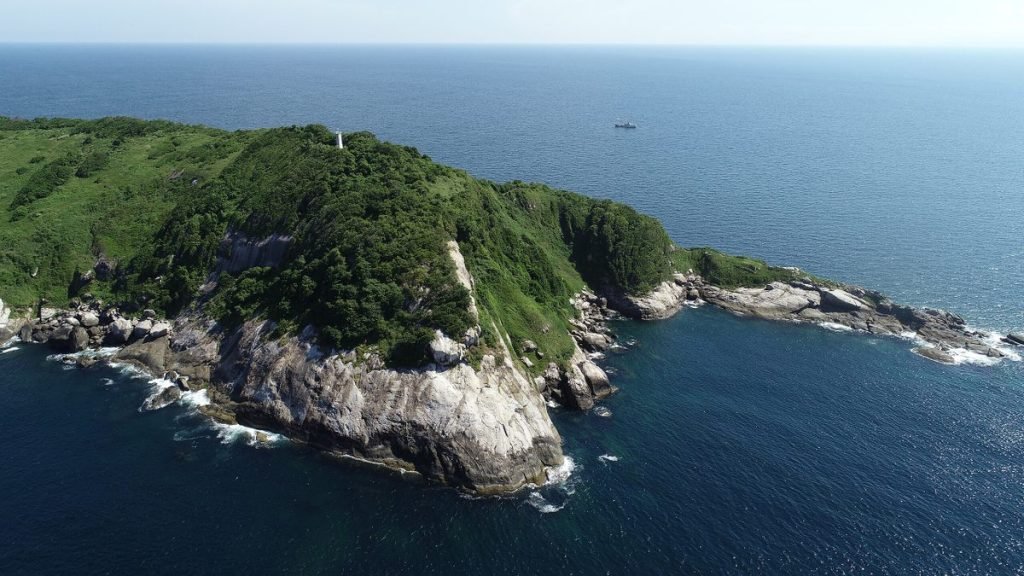Brazil has no shortage of tropical paradises, but Ilha de Queimada Grande, located 90 miles off the coast of São Paulo, is far from a dream destination. Known as Snake Island, this 106-acre landmass is infamous for being one of the deadliest places on Earth, home to approximately 4,000 highly venomous snakes.
The island’s most fearsome inhabitants are the golden lancehead vipers, whose venom is potent enough to kill a human within an hour. Due to the extreme danger, the Brazilian government has prohibited visits, allowing access only to select researchers and scientists.
Despite these restrictions, a YouTuber managed to evade authorities and visit the island in 2023, wearing hard metal armor for protection. Remarkably, he survived the adventure without encountering the deadly reptiles.

But how did Snake Island become so densely populated with such dangerous snakes? The answer lies in the island’s isolation. About 11,000 years ago, rising sea levels cut off Ilha de Queimada Grande from mainland Brazil. The snakes, believed to be jararaca species, were left to evolve without ground-level predators. They adapted by reproducing rapidly and preying on migratory birds that visited the island.
Golden lancehead vipers, in particular, have developed some of the deadliest venom in the world. Unlike other snakes that track their prey after biting, these vipers needed to kill their avian prey instantly. Consequently, their venom became three to five times stronger than their mainland counterparts.
The island’s snake density is staggering, with some areas having a snake per square meter. A bite from a golden lancehead carries a seven percent chance of death and can cause severe complications such as kidney failure, necrosis of muscular tissue, brain hemorrhaging, and intestinal bleeding.
So, while Brazil boasts many beautiful places worth visiting, Snake Island is definitely one you should steer clear of.
